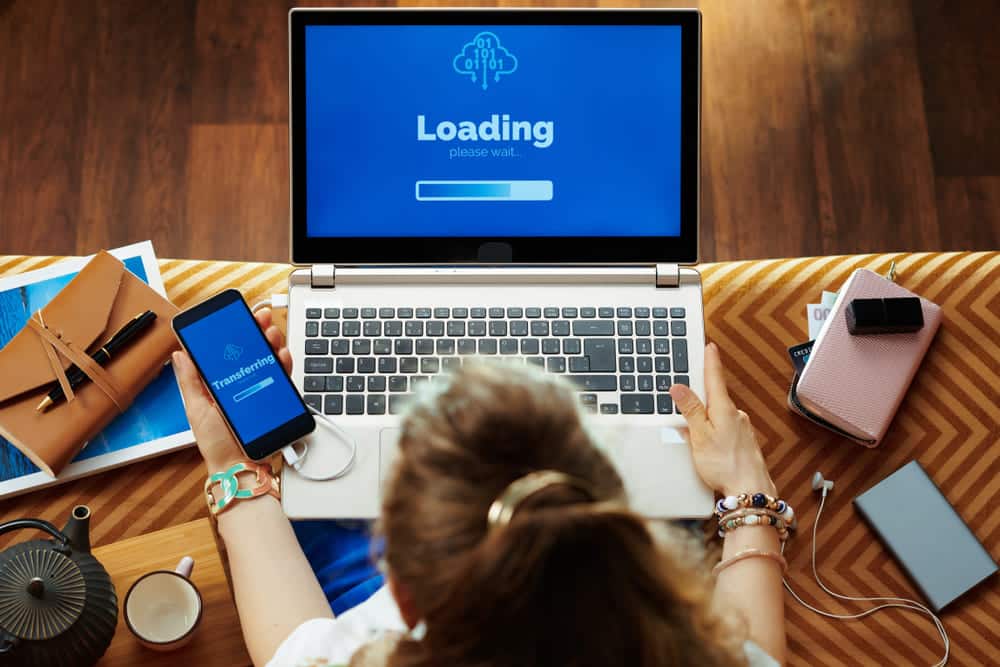
Online learning has been one of the most important areas since the introduction of the internet. This is because the internet gives people access to information from all around the world or joining the online classes. Additionally, you can even find reliable sources for the data found to back it all up. Aside from this, you can find tutorials on stuff that you don’t know about or even find about new technologies that companies have been working on.
Slow Internet Connection In Online Learning
While there might be some negatives that come with this technology, the overall impact of the internet has been great for most people. Aside from all this, you might sometimes get a slow internet connection in online learning. This can be quite annoying for people; this is why we will be using this article to provide you with some simple steps that you can follow to troubleshoot this.
- Change DNS Server
DNS servers are used by your computer to translate all the information that you type into the search bar. These are then understood by your system, giving you access to the website or links that you were looking for. However, sometimes these DNS servers can start to slow down or run into problems. This usually happens when there is a lot of load on the ISP’s servers. This results in the data taking a lot of time to load up for you or not loading up completely in some cases.
If you are using your connection for online learning then there might be a lot more students trying to access the same network. This might be the reason for your connection to slow down. Considering this, changing up your DNS server should help you eliminate this problem. To do so, open up the control panel on your device. This can be accessed from the Start menu or by simply searching for it.
Make sure that you run this program in administrator mode. Afterward, open up the network and security option on your system. You should now be able to see a list of all the networks that you use on that specific device. Select the network you are having problems with and then open up its properties. These can be accessed by right-clicking on the specific network.
Finally, you should be able to see the option to enter a DNS server manually or either use the automatic one. The DNS servers provided by Google or Cloudflare are considered to be some of the best all around the world. Although you can choose a server of your own choice by searching for them online. Enter both the preferred and secondary address here and save the changes for the new DNS server to take effect. Note that you enter the address carefully without any mistake, even a single wrong digit in these can stop your connection from functioning completely.
- Use Ethernet Connection
If you are using a Wi-Fi connection on your system then you should note that it can slow down the overall performance of your internet. This is because the speeds on a wireless connection are highly unstable and you might start to drop signals frequently. You can prevent this by moving either your device or the router closer to each other. However, you will then have to move in closer every time you want to use the internet. This is why it is recommended that you use a wired connection instead. This will help you to get a stable speed without any drops in signal strength.
- Change Router
If using a wired connection is not possible for you then you can install an additional router in your home instead. Alternatively, you can replace your older router with a new one. This is considering if your previous router is a really old model. New models of routers have better signal strength on them. These allow users to have a better connection even when they are far away from the router.
Additionally, there are a ton of features in these routers which allow you to either set up a priority list for your devices as well as use a built in VPN software. There is a huge lineup of all of these devices so it is recommended that you do some research before purchasing one.